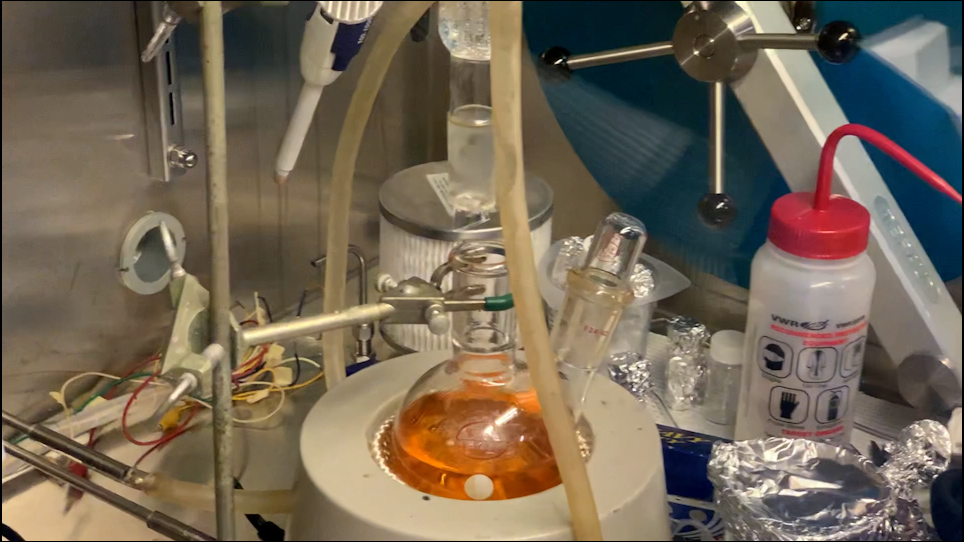A subscription to JoVE is required to view this content. Sign in or start your free trial.
JoVE Journal
Chemistry
Synthesis of Aptamer-PEI-g-PEG Modified Gold Nanoparticles Loaded with Doxorubicin for Targeted Drug Delivery
Chapters
- 00:04Introduction
- 00:34Double-Carboxyl Polyethylene Glycol (CT-PEG) Synthesis
- 02:15Poly(ethylenimine) Grafted with Polyethylene Glycol (PEI-g-PEG ) Copolymer Synthesis
- 04:03PEI-g-PEG Coated Gold Nanoparticles (@AuNPs) Synthesis
- 05:05DOX-g-PEI-g-PEG@AuNP Synthesis
- 06:11AS1411-g-DOX-g-PEI-g-PEG@AuNP Synthesis
- 07:13Results: Representative AuNP Characterization
- 08:33Conclusion
В этом протоколе модифицированные наночастицы из золота, загруженные доксорубицином AS1411-g-PEI-g-PEG, синтезируются с помощью трехступчатых реакций амиде. Затем доксорубицин загружается и доставляется в целевые раковые клетки для лечения рака.










